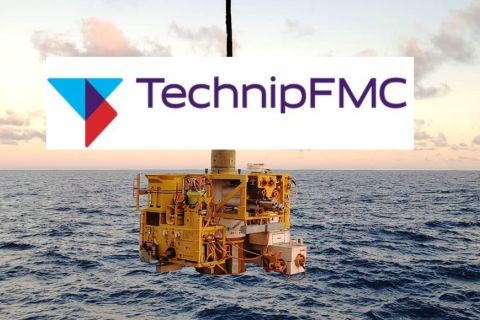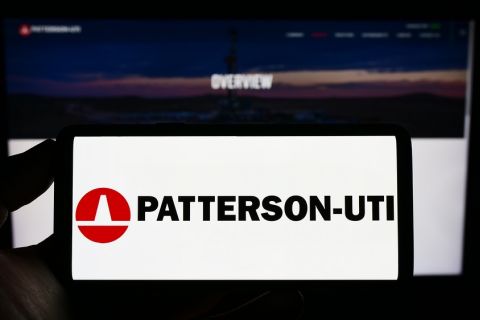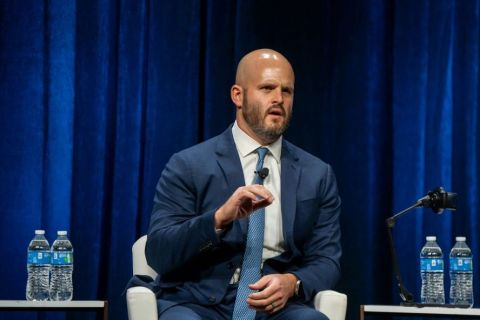It is hard to talk about Brazil without launching into superlatives. Discoveries in Brazil represent 63% of worldwide deepwater discoveries in the past five years, according to Petrobras. The country currently is the sixth largest economy in the world, and by 2020 it is expected to rival Russia for proved reserves and consumption and China for production, according to NLV International.
This exponential growth is not without its challenges. According to Hart Energy Research, discoveries in the presalt areas of the Campos and Santos basins caused the country to rethink its foreign investment and local content terms, making it harder for international players to reap the benefits of these enormous reserves. Many companies have pulled out altogether, while Petrobras has ramped up its exploration spending sevenfold since the presalt finds, reallocating funds originally scheduled for other parts of the business. This has caused the company to prioritize tighter project execution deadlines to address the changing supply chain.
Even with project execution hiccups, the country is still poised to assert itself on the global stage with a very significant presence.
Major investment
NLV notes that total infrastructure investments through 2015 will be US $600 billion, with $240 billion of that earmarked for oil and gas development. Of that amount, only $60 billion is coming from sources other than Petrobras. The company also said Brazil was dwarfed by the US in terms of hydrocarbon reserves and production but is likely to double production by 2020.
With Petrobras at the helm to supply much of this growth, the company has its work cut out for it. In an analyst report, Petrobras reported 100% reserve replacement for the 20th consecutive year, and as it develops its deepwater discoveries, it will be on track to lead non-OPEC supply growth until 2030, according to PFC Energy. From 1991 to 2011, its proven reserves rose from 5.96 Bboe to 15.71 Bboe. Of those reserves, 1 Bboe are in the presalt reservoirs.
Over the 2012-2016 timeframe, the company expects to invest $25.4 billion in exploration and $89.9 billion in production development. Additional infrastructure development will add another $16.3 billion to the price tag.
The company is realistic about its development strategy, lowering its 2011-2015 projection from 9.2% growth per year to 4% to 6% growth per year due to factors such as delays in the arrival of new rigs, efficiency decreases, and postponements due to low maturity levels in new discoveries. Still, it is forecasting a production increase from 2.022 MMb/d in 2011 to 4.2 MMb/d by 2020.
Fueling this anticipated growth is a continuation of Petrobras’ discovery success. It reported in August that further drilling of well 4-SPS-86B (4-BRSA-971-SPS), which is testing Petrobras’ Carcar? prospect in Block BM-S-8, has proven that the prospect contains good-quality oil of about 31°API. Tests also have shown the carbonate reservoir has excellent porosity and permeability.
The prospect is in the ultra-deep waters of the Santos basin in the presalt province. It lies 232 km (141 miles) off the coast of the state of S?o Paulo in 2,027 m (6,650 ft) water depth. The zone being drilled is at a depth of 6,213 m (20,385 ft) attempting to determine the total thickness of the reservoirs as well as the presence of deeper zones of interest. Drilling so far has indicated an oil column of more than 400 m (1,312 ft).
The Carcara discovery was announced in March 2012 as a presalt wildcat. It was drilled by a consortium including Petrobras (66%), Petrogal Brasil (14%), and Barra Energia do Brasil Petrol eo e Gas and Queiroz Galvao Exploracao e Producao (10% each). The Sevan Driller is being used to find the lower limit of the reservoir.
According to Galp Energia, parent company of Petrogal Brasil, the partners are expected to use a floating hub production facility centered on the Bem-te-vi discovery to develop discoveries in the area.
Petrobras also recently reported an ultra-deepwater discovery in the Ceara basin offshore Brazil’s northeastern coast. The company reported it had successfully verified the presence of oil during the drilling of well 1-BRSA-1080-CES (1-CES-158), informally named Pec?m. The well is 76 km (47 miles) off of the county of Paracuru on the Cear? state coast, in 2,129 m (6,985 ft) water depth. The discovery occurred in siliciclastic reservoirs of the Paracuru formation and hit an estimated hydrocarbon column of 290 m (951 ft), with 140 m (459 ft) of reservoir.
The well is currently at a depth of 4,410 m (14,469 ft) and is planned to be drilled to a total depth of 5,500 m (18,046 ft).
Petrobras operates the BM-CE-2 concession with a 60% interest, in partnership with BP (40%). The consortium will continue operations to complete the well, check the extent of the discovery, and define the permeability and porosity of the reservoirs.

Petrobras’ Carcar? discovery lies 232 km (141 miles) off the state of S?o Paulo in 2,027 m (6,650 ft) water depth.
Infrastructure
Developing these kinds of discoveries requires significant investment in drilling and production equipment. Petrobras reported in its analyst report that previous delivery delays were partly due to the fact that rigs were being constructed outside of Brazil. This accounted for six of the 16 rigs expected in 2011 to be delayed in their arrival. Of the 14 rigs expected in 2012, all of them had at least 80 days of delay, with the worst offender being delayed more than two years.
The company determined that the best way to avoid future delays was to contract rigs built in Brazil starting in 2016. Currently the company is contracting 28 rigs from Sete Brasil and five rigs from Ocean Rig. It also has signed contracts for rigs with Odebrecht and Etesco.
Additionally, several international companies are building capacity in Brazil, including manufacturing capacity for subsea pipelines, umbilicals, subsea equipment, turbo machinery, offshore cranes, drillpipes, high-diameter pipes, offshore steel structures, and automation.
Recently OSX signed a contract with Tupi BV to construct a topside and integration platform for presalt production. The project covers the implementation of a package of modules and two units of FPSO replicants. Once constructed, each FPSO will be capable of processing up to 150,000 b/d of oil and compressing 6 MMcm/d, according to OSX.
According to an article on Braziloilandgas.com? , Petrobras’ chain of direct and indirect suppliers comprises about 20,000 companies, and that number is expected to increase. Engevix is building eight identical FPSOs to address presalt development in the Santos basin.
Petrobras also is keeping the support vessel fleet busy. Jon Vogue, chairman of the US-Brazil Energy Forum, told Hanson Wade the number of support vessels serving Petrobras will grow from 260 to nearly 500 in the next 10 years. “In the same 10-year period, the number of deepwater rigs serving Petrobras will double to 53,” he said. “The number of production platforms and FPSOs serving Petrobras will double to 84. The offshore and related naval infrastructure industries are the largest area for investments.”
Recommended Reading
From Restructuring to Reinvention, Weatherford Upbeat on Upcycle
2024-02-11 - Weatherford CEO Girish Saligram charts course for growth as the company looks to enter the third year of what appears to be a long upcycle.
TechnipFMC Eyes $30B in Subsea Orders by 2025
2024-02-23 - TechnipFMC is capitalizing on an industry shift in spending to offshore projects from land projects.
NOV's AI, Edge Offerings Find Traction—Despite Crowded Field
2024-02-02 - NOV’s CEO Clay Williams is bullish on the company’s digital future, highlighting value-driven adoption of tech by customers.
Patterson-UTI Braces for Activity ‘Pause’ After E&P Consolidations
2024-02-19 - Patterson-UTI saw net income rebound from 2022 and CEO Andy Hendricks says the company is well positioned following a wave of E&P consolidations that may slow activity.
ProPetro Reports Material Weakness in Financial Reporting Controls
2024-03-14 - ProPetro identified a material weakness in internal controls over financial reporting, the oilfield services firm said in a filing.





